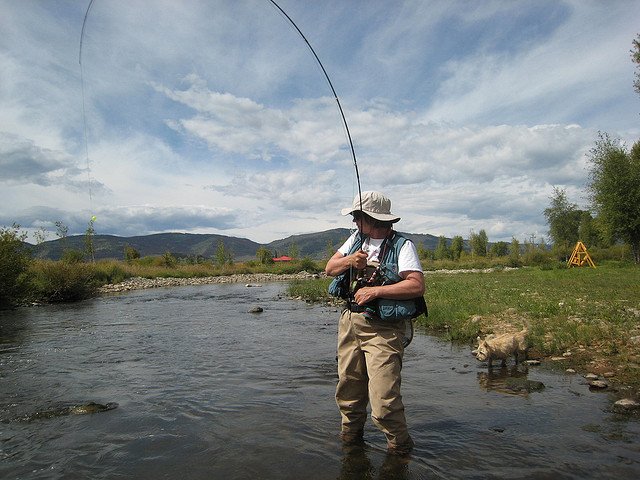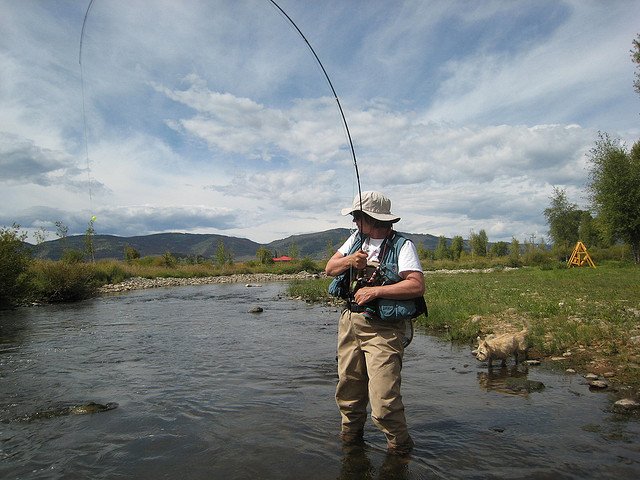
Anglers’ attitudes toward catch-and-releasing fish have changed dramatically during the last 30 years and the result has been an improvement in the quality of North America’s fisheries.
Anglers are learning that releasing walleyes, northern pike, muskies, trout, and even bluegills can help increase the quality and quantity of future catches.
Regulations instituted by many states have played a significant role in altering anglers’ attitudes. Special catch-and-release areas and slot limits aimed at increasing the size and number of fish in a given body of water have pushed the angling community’s mind-set in a new direction. People are catching on to the idea that they cannot catch and kill everything.
Fisheries’ studies show that between 95 and 100 percent of released fish survive. Anglers can increase the odds of survival by following a few basic steps.
- Catch and play fish quickly, especially in warmer weather. When temperatures exceed 70 degrees, cool-water species like walleyes and northern pike can become stressed out quickly.
- Keep your handling of fish to a minimum. If possible, keep the fish in the water while removing the hook and avoid touching the gills. One of the biggest mistakes people make is handling the gills. If a fish is bleeding from the gills, it is not going to do well.
- Release the fish immediately, or at least after you get a good photo. Putting a fish in a live well and releasing it later can also reduce the odds of survival. Many anglers put fish in the live well, drive around for a while, and then let them go. The mortality rate goes way up, a fact that has been documented at fishing tournaments.
Although the majority of North America’s lakes and streams are not under special regulations, anglers can help improve angling by following a few self-imposed catch-and-release guidelines, no matter where they are fishing.
Northern pike measuring 24 inches or more should be released, as should walleyes 18 inches or more, largemouth bass longer than 12 inches, and bluegills measuring eight inches or longer.
Certain categories of anglers have followed such guidelines for decades, but others have been slower to embrace catch-and-release angling. Muskie anglers, for example, release about 90 percent of the fish they catch, so very few are harvested. With other species, such as, the largemouth bass and walleye, there is more of a harvest mentality.
As increasing numbers of anglers come to realize how catch-and-release angling benefits fisheries, the practice becomes more ingrained in the fishing community. Throughout North America, catch-and-release is becoming a bigger component. Anglers have become more knowledgeable and many feel good about releasing fish.
In order to assure that future generations understand the importance of catch-and-release angling, many states and fishing clubs are teaching children about it through aquatic education. They teach kids that it is OK to keep some fish to eat, but that it is important to release fish.
Throughout North America, the number of lakes and rivers with special catch-and-release or slot-limit regulations is increasing, and that number will continue to grow as anglers become more comfortable with this specialized management strategy. As anglers see how regulations can improve fishing, it makes it easier for states to put new regulations in place. The result will be better angling in the near future, as well as, the long term.








